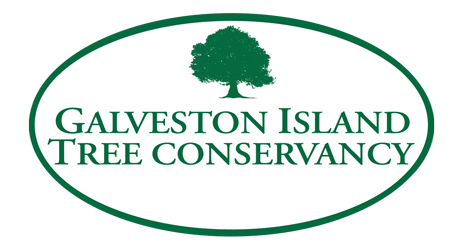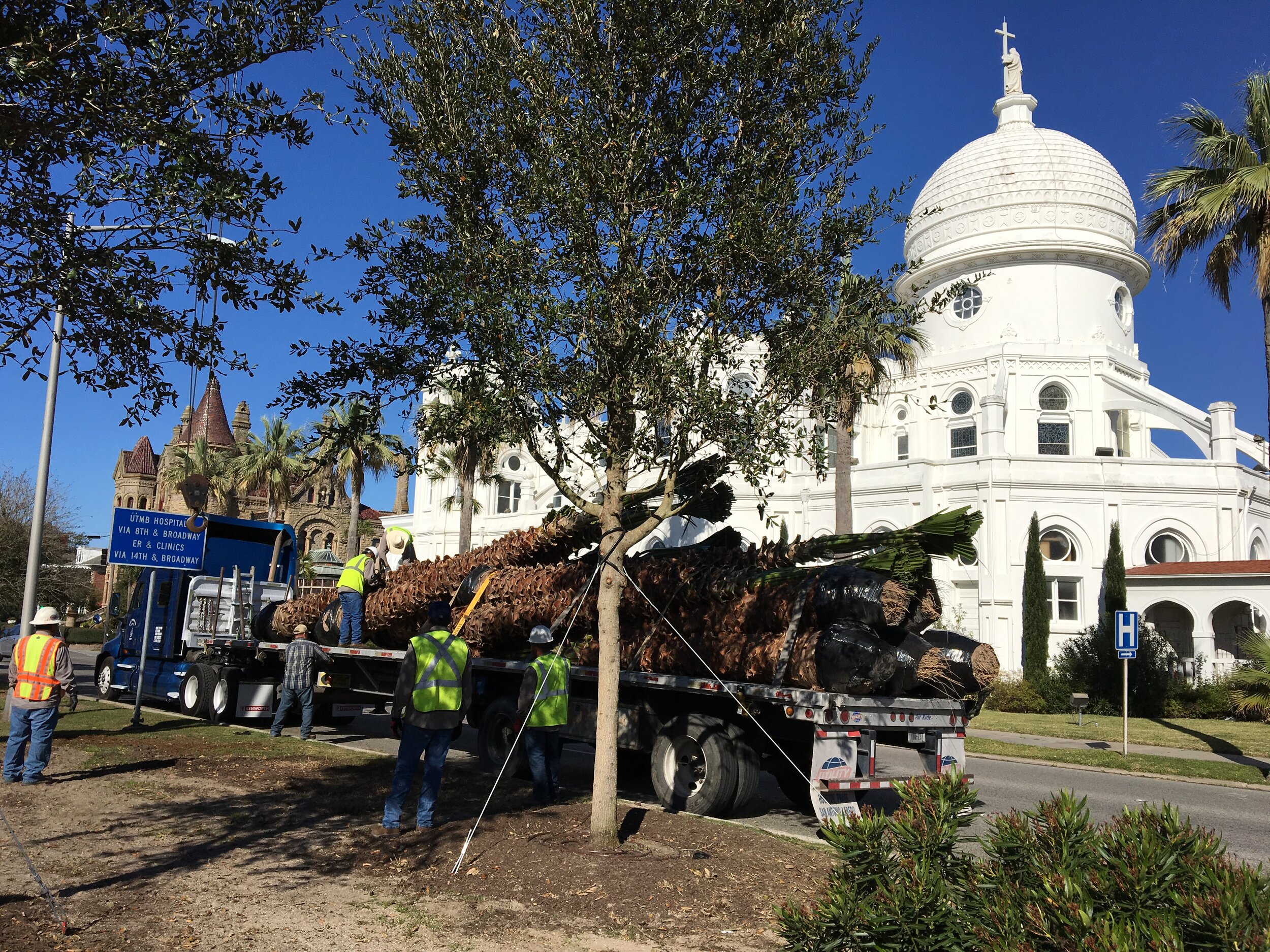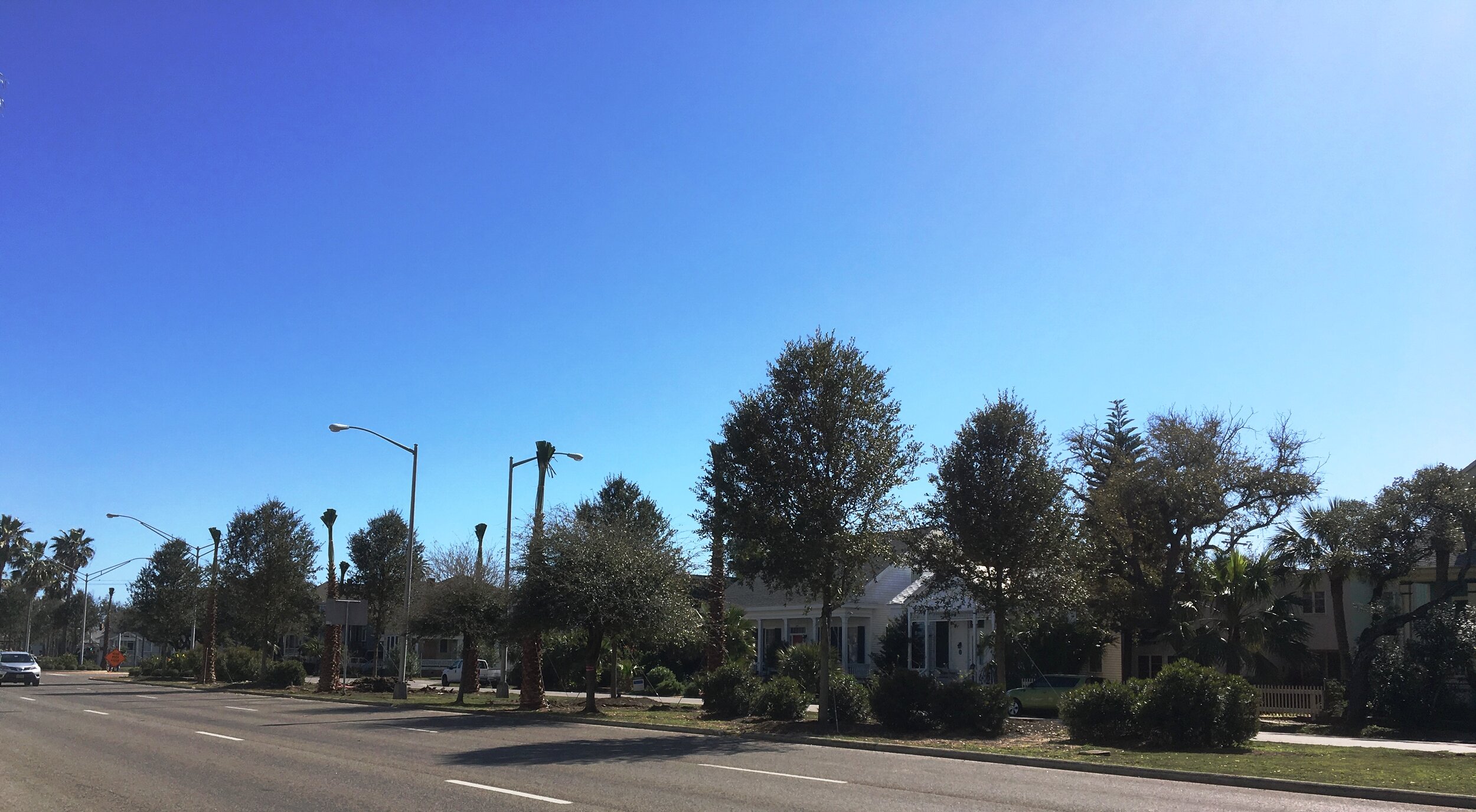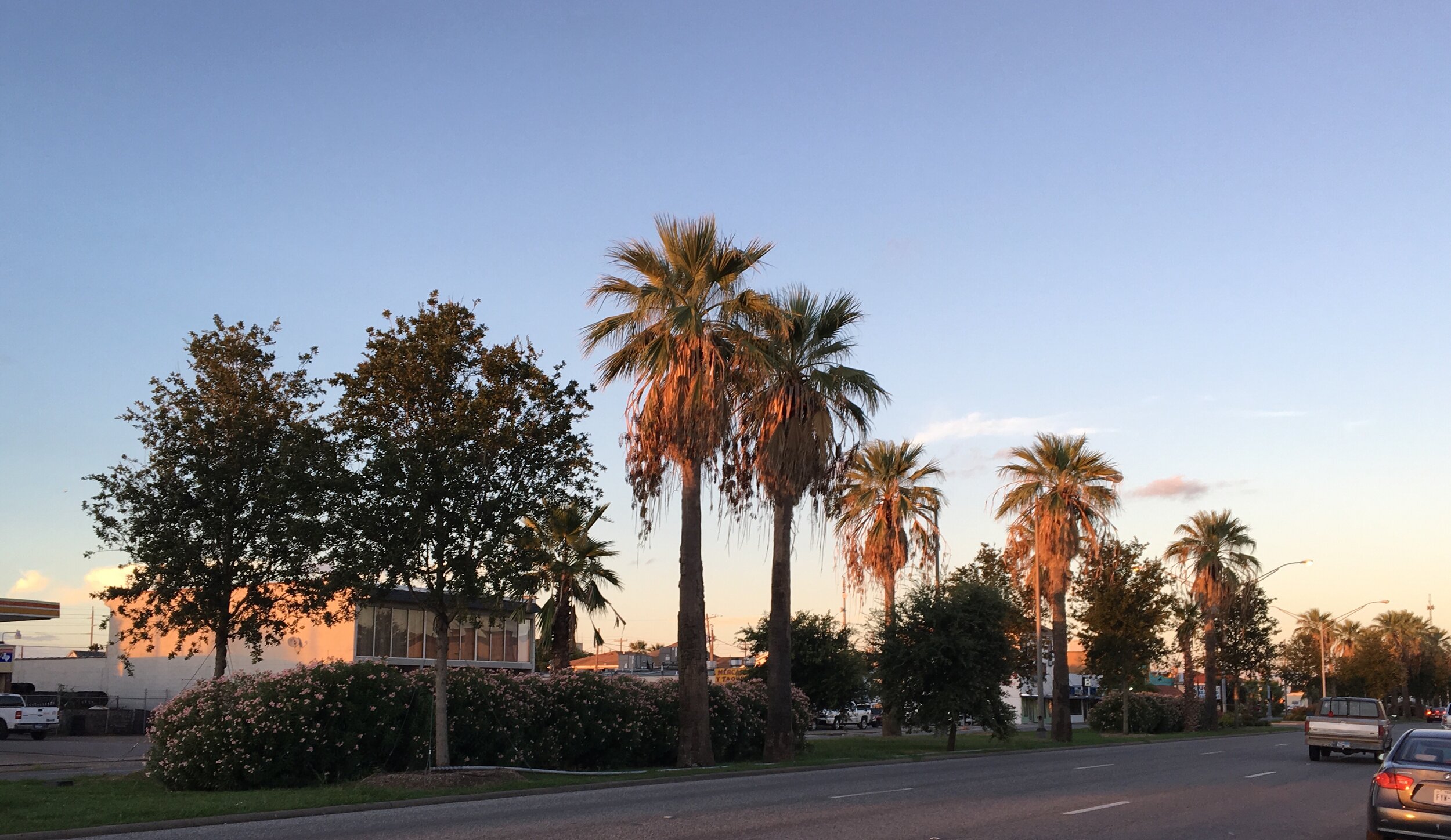Galveston Tree History
A Bit of Tree History
Trees are quiet these days and many sit leafless. This is a good time for careful pruning, while they are dormant with their structure visible and accessible. Secretly, however, trees are preparing to burst forth with foliage as daylight hours increase and warmer temperatures arrive. Many of us are also preparing by poring over seed catalogs, visiting plant nurseries, or otherwise dreaming of the upcoming growing season. Tree Conservancy members and other volunteers are already working on the March NeighborWoods planting event.
People have long been planning Galveston’s tree canopy. Pat Jakobi shared with me this newspaper’s February 3, 1922 edition, which details a talk by the then-Agricultural Demonstration Agent of Galveston County, Dr. Walter E. Fruit. He held forth the evening before at the Rosenberg Library in a lecture on “The Care and Planting of Trees”. The unnamed reporter gave a thorough summary of the talk. (And what a great name for an Agricultural Agent!)
According to the correspondent, Dr. Fruit “covered importance of shade trees, conditions of soil for shade trees, the life of trees, . . .spacing trees, planting trees, pruning trees, cultivation of trees and common tree diseases” and mentioned recommended varieties for Galveston. He praised Broadway as an example of the desirability of a planned tree canopy and stated that the oaks there were “sufficient to impress even the most casual observer of the beauty of uniform trees.”
Dr. Fruit expressed support of the Women’s Health Protective Association’s (WHPA) upcoming tree-planting campaign, “to make Galveston in the years to come more than ever famous as a ‘city of trees’.” The Broadway oaks, so many of which we lost in Ike, were planted by the WHPA.
Curiosity inspired me to scour newspaper archives for information about the WHPA. This remarkable group of Galveston women came together only months after the 1900 Storm destroyed most island vegetation. Their goal was to aid recovery and improve the health of the devastated city. In addition to sanitation and health services, they believed that beautification was critical to any such effort. Tree planting began with a traincar load of palms in 1901, all planted on Broadway. Subsequent plantings there and other locations included oaks, palms, oleanders and a variety of trees that would perform well here. The group established a plant nursery, selling plants for cost, and their planting efforts continued for years. Fundraising activities ranged from membership dues to raffles, rummage sales and grand horse shows.
The WHPA’s installation of oaks and palms along Broadway resulted in a shady thoroughfare that we enjoyed for a century, until Hurricane Ike stole the oaks from us. Broadway oaks are now being gradually replaced, block by block, as funds are donated. Thousands of trees have been planted around the island. The women of the WHPA would be proud of us.
We’ve heard the proverb, “The best time to plant a tree is 20 years ago. The next best time is now.” The women of the WHPA were visionaries and can inspire us. So let’s keep planting.
Hurricane Ike caused the loss of 40,000 trees on Galveston Island. The Galveston Island Tree Conservancy was formed to address that loss and e has replaced over 14,000 through grant-funded plantings and giveaways, with more planned. “Tree Stories” is an ongoing series of articles intended to bring attention to outstanding Island trees, tree care, and tree issues. If you have or know of a special tree on Galveston Island that should be highlighted, please email treesforgalveston@gmail.com. Margaret Canavan is a Galveston resident, a Galveston County Master Gardener, and a member of the Conservancy Board.


![DSCN0703[1].JPG](https://images.squarespace-cdn.com/content/v1/5ec1a8da88e8165184641dd9/1621631332300-H2UKNHDH8FDVWOEQSYEA/DSCN0703%5B1%5D.JPG)

